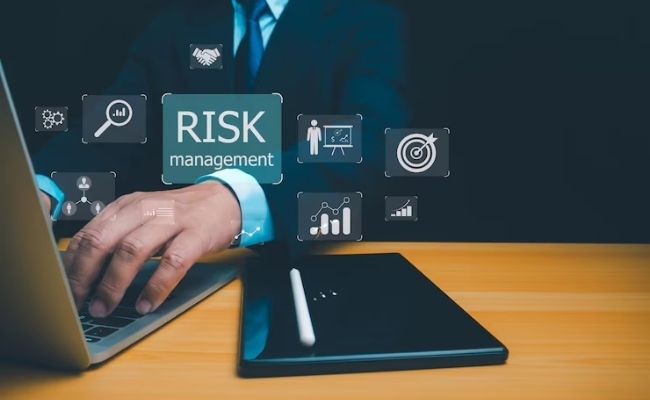Introduction to Enterprise Risk Management (ERM) in the Public and Nonprofit Sectors
Governments, NGOs, and development organizations face increasing pressure to deliver results with transparency, accountability, and efficiency. In this context, Enterprise Risk Management (ERM) is not just a corporate tool—it’s a vital framework for mission-driven institutions navigating complex social, economic, and political environments.
Understanding ERM in the Public Sector
Enterprise Risk Management (ERM) is a coordinated approach that helps organizations identify, assess, manage, and monitor risks in order to meet their goals. For public institutions, these goals may include:
- Delivering public services effectively
- Protecting public funds and infrastructure
- Ensuring policy compliance
- Maintaining public trust and credibility
ERM helps you anticipate challenges, allocate resources wisely, and stay resilient during crises.
Key Benefits of ERM for NGOs and Public Agencies
- Improves project outcomes through better planning and monitoring
- Minimizes reputational risk from failed programs or mismanagement
- Supports compliance with donor requirements and government regulations
- Enables proactive risk response during natural disasters, pandemics, or political unrest
- Fosters accountability and governance at all organizational levels
Common Risks in the Public and Nonprofit Space
- Funding shortfalls or donor withdrawal
- Political instability or policy changes
- Cyberattacks targeting sensitive citizen or beneficiary data
- Fraud, misappropriation, or compliance violations
- Public criticism or media scrutiny
How ERM Works in These Sectors
1. Risk Identification
Consider internal (governance, HR, operations) and external (political, social, environmental) threats.
2. Risk Assessment
Evaluate each risk’s likelihood and potential impact on your mission or beneficiaries.
3. Risk Mitigation Planning
Develop controls, action plans, or partnerships to address high-priority risks.
4. Ongoing Monitoring
Track risks through regular audits, reviews, and reporting mechanisms.
5. Engagement and Culture
Train staff at all levels to recognize and report risks proactively.
Why It Matters Now More Than Ever
With rising global uncertainty—from climate events to digital threats—ERM enables NGOs and public institutions to stay mission-focused, even in turbulent times. A well-designed ERM strategy is not just about protection—it’s about performance and public value.
Explore Best Online Courses to Learn Risk Management
If you’re new to risk management or looking to deepen your expertise, there’s no better time to start than now. Learning from industry experts can help you build a strong foundation and gain certifications that set you apart in the job market.
At www.smartonlinecourse.com, in collaboration with the Risk Management Association of India (www.rmaindia.org), you can explore a range of self-paced, affordable online courses designed for both beginners and professionals. These courses are tailored to real-world needs, taught by experts, and designed for flexible learning.
👉 Visit www.smartonlinecourse.com to explore more!
📧 Email: [email protected]
Or WhatsApp us at: 8232083010/9883398055




